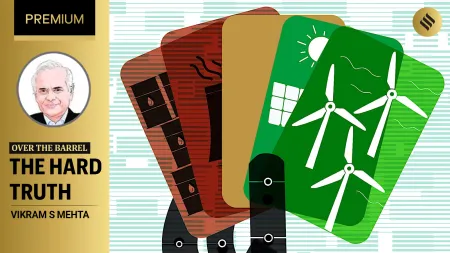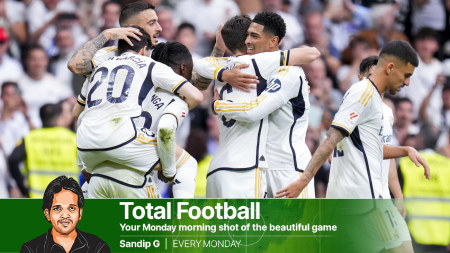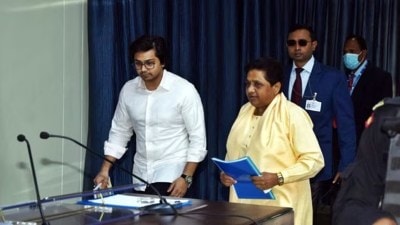- India
- International
‘Bending gender stereotypes in art and photography can throw new light on stale norms’
Kala Ghoda Arts Festival 2021 recently organised a workshop on how art and photography can be used to break gender stereotypes
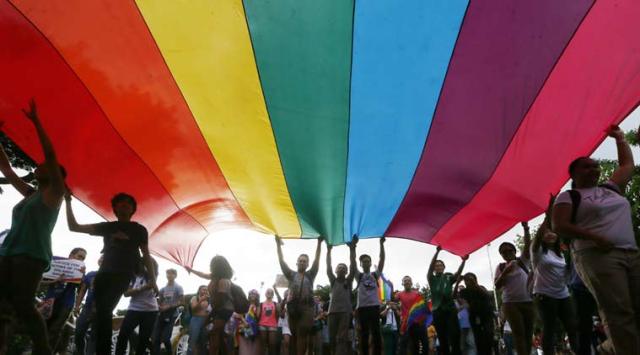 There should be more representation of LGTQ in art and photography, says gender photographer Tomas Gunnarsson. (representational, file)
There should be more representation of LGTQ in art and photography, says gender photographer Tomas Gunnarsson. (representational, file)Amid the pandemic, the famed Kala Ghoda Arts Festival went digital to host a workshop to educate people on the use of art and photography to subvert gender stereotypes. Jointly organised by the Consulate General of Sweden, Red Dot Foundation, Swedish Institute and Genusfotografen, the workshop witnessed virtual participation from over 70 people.
While we continue to raise our voices and challenge designated roles and representation of men and women, can art and photography be used as a medium for the same? Anna Lekvall, Consul General of Sweden in Mumbai, Supreet K Singh, artist, filmmaker, activist, director of Red Dot Foundation, and Tomas Gunnarsson, gender photographer (Genusfotografen) from Sweden, weigh in.
How was the workshop conceptualised?
Anna: For Sweden, working towards a gender-equal world is part of our core engagement. Too many women and men are held back by biases, social norms and expectations. The Kala Ghoda Arts Festival was an opportunity for us to partner with Red Dot Foundation for the third year in a row to engage on equality issues. Together, we engaged with the Swedish Institute and Genusfotografen this year using art and photography to discuss and look at gender stereotypes from new perspectives. We are very encouraged by local initiatives to address the gender gap and will continue our engagement toward gender equality.
Supreet: As Red Dot Foundation, we work on the intersection of gender, technology and urbanism, and a big part of our conversation revolves around using art to confront gender stereotypes and social labels. For the last few years, we have worked very closely with the Swedish consulate on promoting gender equality. Talking about the two subjects which we are so passionate about is always a delight and we have enjoyed exploring new ways to pass on the message to the audience. When I spoke to KGAF this year, I was not sure if they would hold the festival at all due the unprecedented times we are living in, but was pleasantly surprised to hear that they were very much hosting the festival albeit digitally. That’s how we started thinking of an online workshop on gender and art. Youth and children have always been our focus and this was a chance to curate ways of challenging stereotypes through the lens of art and photography and we jumped at the opportunity. Rest just followed with a lot of brainstorming on how to keep it interactive, gripping and informative all at once, and things fell in place. We decided that between me, Anna and gender photographer Tomas Gunnarson would create an exciting rendition of what is the reality that we live within and how art can be used as a tool to promote gender equality.
How was the response?
Supreet: Initially, everyone was a little sceptical about how it would do, as we were calling it a workshop and in real it was a one-way dialogue so to say. But once we put the whole script together, it was powerful and extremely gripping as a 40-minute toolkit. I did feel that little flutter in the stomach before we went live at 10 am but 10 minutes into the show, we had more than 70 people in the audience and 75 per cent of them interacted through the chat box. The video has thereafter gone online on the KGAF YouTube channel and we are seeing traction for sure. So I feel the response was good and we are looking forward to promoting it amongst schools and colleges for a wider reach.
What is gender photography all about?

Tomas: As a gender photographer, my goal is to reveal and challenge society’s limiting gender roles and mass media’s outdated gender stereotypes. We’re surrounded by images that tell us what a normal or “real” man or woman is supposed to look and act like, and even what you should become professionally, depending on your gender. So instead of pouring more cement on these stale stereotypes, I try in many ways to tickle our imagination around who we can become and to remind us that we can create our own rules.
In what ways can art and photography help break gender stereotypes? Can you share some examples?
Tomas: Well, one example is by portraying people in their daily life, in their career, athletically, creatively or in their romantic relationship break gender stereotypes, and by making them visible, inspiring others to dare see beyond gender barriers. Another way is to bend the rules for how a woman or man “should” be portrayed – with what camera-angle, lighting, environment, clothing, and poses you choose. By bending or even inverting gender roles in art and photography, you can throw new light on stale norms and show that we are actually more shapeable and changeable than we think.
It is often argued that art is not always accessible to common people. So when trying to raise awareness about gender equality through art, how does one ensure accessibility?
Supreet: I agree that art, in the form that the world understands, is not accessible to all. But in reality, everything around us is a form of art — look at the hoardings, the murals on walls, the statues, the posters, graffitis. These are all pieces of art really and they are out there for anyone to consume and absorb. For example, we have worked with the students of Sofia on Peddar road, and as a part of our conversation with them, we invited them to paint a wall mural just outside their school. There were men who stopped (hawkers/scooterists) while we were painting this and actually asked questions on the IPC that the girls were painting. That’s the easiest way to take art to the public. We have done several of these art murals with artists in Mumbai and Delhi, and they have been extremely effective and impactful. Sofia for example did not face eve-teasing once this mural went up.
Here is the mural:
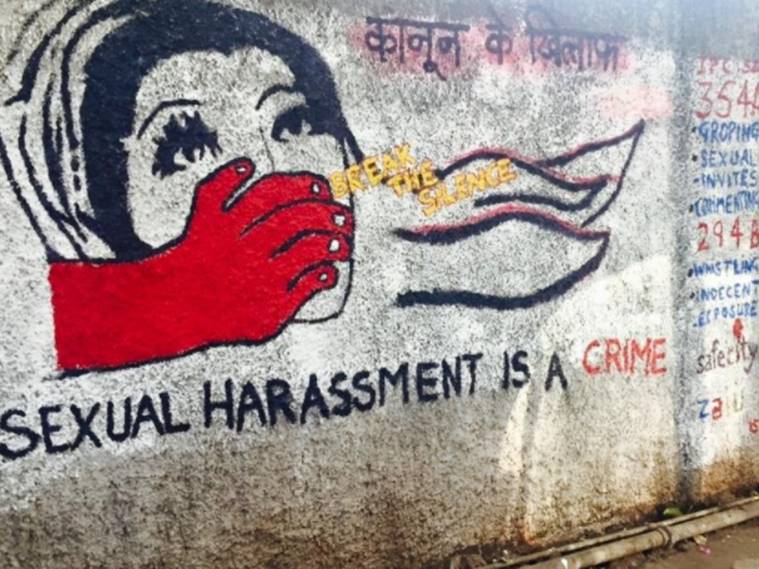 A mural painted by students at Peddar Road in Mumbai. (Photo credit: Supreet K Singh)
A mural painted by students at Peddar Road in Mumbai. (Photo credit: Supreet K Singh)
Tomas: Humor is one way. I try to have an underlying infectious optimism in my photos, which I think makes them more accessible. But I think the theme of gender stereotypes is quite accessible in itself, since we are all familiar with the mass media stereotypes of the Man and the Woman and relate to them somehow. If you’re talking about practical accessibility to art, I think it’s easier than ever through social media. Instead of people having to cross the threshold into an art gallery, you can simply follow your favourite artist on Instagram or other platforms that can share photography, paintings, video art, 3D installations. Since our lives happen more and more on social media, there are endless opportunities for art to merge more with life nowadays.
Supreet: Cartoon is another form of art that can be used to create awareness in a simple, acceptable yet powerful language and we have created a booklet, Laws through Cartoons, which we distributed to schools. We got regular people to create these graphics in a workshop after they went through the various IPCs on sexual harassment. I am a filmmaker and I have used my skills of story writing and direction to create messages through films.
Do you think there is an adequate representation of LGBTQ in art and photography?
Tomas: No. There needs to be much more. Representation of LGBTQ people and expressions in art and photography, and by the LGBTQ people. That goes hand in hand with improving LGBTQ rights in any society — so visibility and representation are key. But I would go even further and say that I want that kind of representation in the mass media — mainstream news media, advertisements, children’s books, etc. Not just in art. A same-sex couple sitting in a boring sofa ad in the morning newspaper, rather than in a beautiful photo exhibition hanging on the walls of an art gallery, could be even more de-stigmatising in the long run towards equality.
For more lifestyle news, follow us: Twitter: lifestyle_ie | Facebook: IE Lifestyle | Instagram: ie_lifestyle
May 08: Latest News
- 01
- 02
- 03
- 04
- 05





